
The accompanying table records the top 10 project starts in the U.S. for July 2021.
![]()
Did you miss our previous article…
https://www.clarkeconstructioncreations.com/?p=1731


The accompanying table records the top 10 project starts in the U.S. for July 2021.
![]()
Did you miss our previous article…
https://www.clarkeconstructioncreations.com/?p=1731


Top of mind for economic analysts these days is the question of how rapidly prices (or costs, from a different perspective) are moving, and in what direction. The construction sector, mainly on the residential side, has been plagued much of this year by extraordinarily large climbs in prices for forestry products. July’s Producer Price Index (PPI) results from the Bureau of Labor Statistics (BLS) show an abatement in this problem. Softwood lumber’s July PPI was -29.0% month to month and -16.3% over the latest three months. Nevertheless, it was ahead by a mighty +45.0% year over year; but in May, it had been +154% y/y.
![]()


A Special Message from Doug Dockery, CTO, on Platform Security
![]()
Did you miss our previous article…
https://www.clarkeconstructioncreations.com/?p=1712
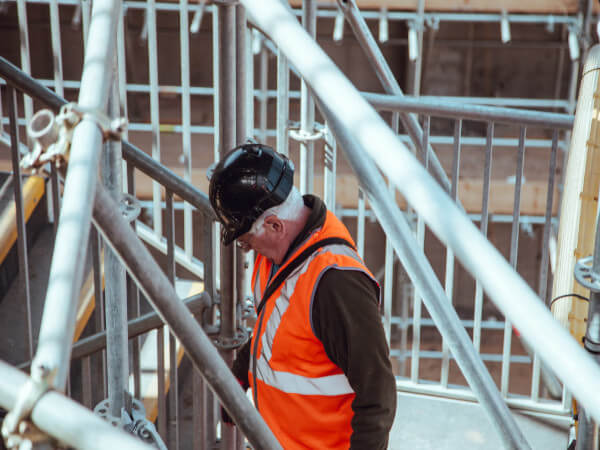
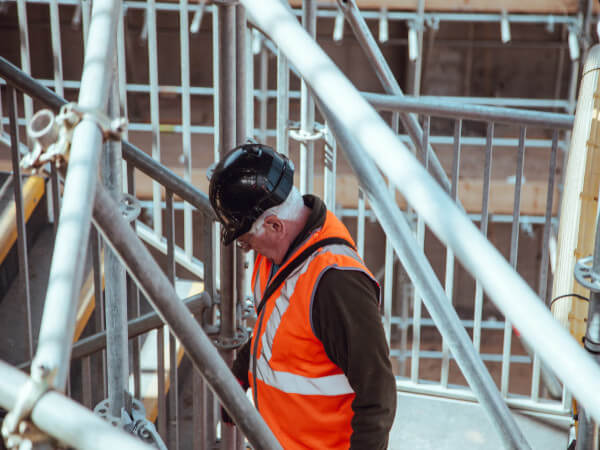
The accompanying table records the top 10 project starts in the U.S. for November 2021.
![]()
Did you miss our previous article…
https://www.clarkeconstructioncreations.com/?p=1696
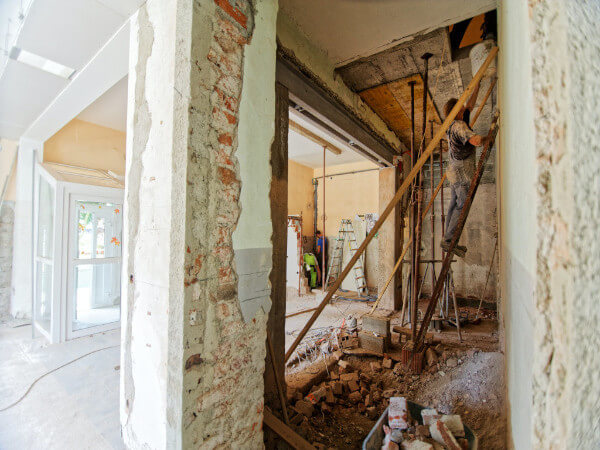
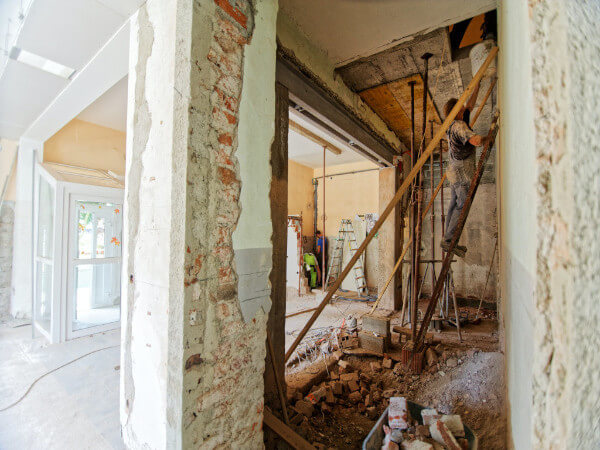
Estimates of U.S. real (i.e., after inflation) gross domestic product (GDP) growth for this year have generally been revised down recently, by well-known forecasting agencies, from a range between +6% and +7% to a cooler +5%. Supply shortages have cut into output levels in many industrial sectors. And bad news about coronavirus variants is putting a damper on reopening efforts.
![]()
Did you miss our previous article…
https://www.clarkeconstructioncreations.com/?p=1674


As the construction industry continues to adapt, connect and scale, these are the 'must-have' innovations.
Did you miss our previous article…
https://www.clarkeconstructioncreations.com/?p=1671

In early 2021 Deloitte was commissioned by the Autodesk Foundation to help identify the labour markets most vulnerable to technological disruption in the Asia Pacific region. The report, The Future of Work is Now: is APAC Ready? Identifies those most at risk and proposes interventions which can be scaled and adapted to different circumstances across our region.
The current COVID-19 pandemic, and the challenges it has brought, has accelerated digital trends. Heavy restrictions have been faced in Melbourne and Sydney throughout the year, and this has caused us to consider:
Figure 1: Number of people employed in Australia (‘000s)

Source: Australian Bureau of Statistics, Deloitte Access Economics
Figure 2: Job ads index, 100=decade average to Nov-19

Source: Australian Bureau of Statistics, Deloitte Access Economics
Considering the last point, finding and retaining skilled workers has been an ongoing concern. The number of job advertisements as reported by the Australian Bureau of Statistics and Deloitte Access Economics have risen highly in all sectors and stayed at high levels, and unemployment is at an all-time low in Australia.
Figure 3: Number of unemployed persons per job vacancy

Source: Australian Bureau of Statistics, Deloitte Access Economics
This year we have experienced a dual labour market where some could not work due to restrictions, while some are adjusting to new roles, and many businesses still could not fill vacancies. In October this year, Infrastructure Australia released their Infrastructure Market Capacity report which stated that up to 105,000 well-paid jobs risk being unfilled by 2023 due to global competition for workers.
Infrastructure Australia forecasted a shortage of 70,000 engineers and architects, 15,000 structural and civil trades, and 19,000 Project Managers. This makes the sector one of the hardest hit, with looming skills gaps on public projects across the country, putting more pressure on already-stressed budgets and time frames. This impact has a knock-on effect to other parts of the commercial construction industry as the sector aims to become an industry of first choice for entrants.
The Future of Work report covers three core components:
Construction topped the list as the industry most likely to be hardest hit by the coming wave of automation. The industry had the highest proportion of routine, manual tasks, with a high potential for automation.
Figure 4: Impact Index result by industry

It’s also noted that Australia is the most prepared and second least at-risk country from automation. Its investment in its future workforce is a significant contributor to this result. However, as noted above, the future workforce is still at risk. Continued investment is needed, particularly in upskilling, to stay in this position and help ensure our country remains competitive in the region.
Figure 5: Potential impact of automation and preparedness, by country

To be in the best position to benefit from automation, individuals, businesses, countries and regions need to focus on three key opportunity areas. These are identified as foresight and mindset, skills and learning, and access and inclusion.

Based on The Future of Work research, there are four key insights about how to address the skills gap:
There are opportunities available that organisations like Autodesk can address with industry to close the gaps identified in the research, taking into account current market conditions. At Autodesk, we approach it with three things in mind:
To support training, Autodesk launched our new learning and credentialing platform at Autodesk University last year. The platform is designed to make training personalised and transformative. Workers can get credentials on their terms and timelines and build personalised learning pathways that help them develop the skills they need.
Autodesk credentials make learning more accessible, measurable, and relevant for customers. Industry recognised certifications help workers to market their job readiness. Whilst the sector has foundational entry-level qualifications, the opportunity for partnerships that support the business with micro-credentials enables practical courses that can address the needs of the company.
Autodesk Command Map is designed to watch how you use the Autodesk products, highlight the areas in which you’re proficient and the areas you need to improve on. It also offers benchmarks against industry standards to help you focus in the right areas and to use the tool to its full potential to reap the rewards of the investment.
This takes many forms and is arguably the most complex because it takes many different parties to address the systemic problems. According to the World Economic Forum, a collaborative effort could reach 77% of all workers that need reskilling – versus just 25% if the private sector were to do this alone.
At Autodesk, we believe that automation technology, including artificial intelligence, will be required to help businesses and society meet the demands of our growing urbanisation and global population. We recognise that technological change will drive transformation – and we are committed to helping companies and their employees adapt and thrive. We believe employees prosper by adopting a mindset of continuous learning, acquiring the most in-demand skills and securing the most fulfilling roles. We are committed to collaborating with employers, the start-up community, the vocational education and training sector, universities and government organisations to advance workforce adaptability, as we invest in solutions and policies that complement employers and employees to adjust in an ever changing environment.
Autodesk can support you and your organisation. The Future of Work report can be accessed here.
The post The Future of Work is Now: Is the Construction Industry Ready? appeared first on Digital Builder.

Khatib & Alami (K&A) is a multidisciplinary urban and regional planning, architectural and engineering consulting company operating across the Middle East, Africa, South-East Asia and Europe. With more than five decades of experience and expertise within the architecture, engineering, and construction industry, K&A have worked on some of the world’s most challenging projects.
As a sector that has seen its greatest evolutions in the past decade, K&A were amongst the first companies to truly adopt digital and BIM as part of its bid to be more time and cost efficient, while providing a higher standard of output for its clients. As a major multinational working on a range of multidisciplinary projects, K&A are required to collaborate with multiple different stakeholders both internally and externally. They recognised that they would need to centralise project data and create one single source of truth when it comes to project documentation to support them in managing the sheer volume and range of ongoing projects across their many different design centres. This would mean their project teams would reduce the amount of time they spent searching for, uploading, and downloading project information. They also wanted to reduce their dependency on local servers and move to a way of working that would enable them to form more collaborative partnerships with their supply chain partners.
By leveraging cloud collaboration, centralised and consolidated data for each project was open to the full range of necessary stakeholders, which in some cases went as high as 200 project team members across a number of different organisations. As a result, knowledge sharing and a comprehensive understanding of cloud collaboration and its features became more intrinsically linked to K&A’s culture. Dr. Ahmad Faeq, Senior Director for Projects Knowledge Management and Operational Excellence reflects:
“Since we started the transition to digital, we embedded technology implementation as part of our knowledge management. Based on this, we created communities of practice which became the platform to train our teams how to use cloud collaboration tools more effectively. As a result, knowledge management is now at the heart of the company, which interconnects with everything else.”
For many companies, the concept of working remotely was only implemented because of the pandemic. For K&A, however, its early-stage adoption of BIM, coupled with their multinational design centers in Cairo, Beirut, UAE and Bangalore, meant that remote working was already well underway.
“We were already using Autodesk’s Construction Cloud remotely to drive strong collaboration between our design centres, so it was a fairly smooth step when the transition to work from home became necessary,” commented Micheline Nader, Senior Project Engineer, BIM manager – road & highways.
“Before cloud collaboration tools, you were unable to work from home or remotely effectively. If we were required to do either, we were unable to access the same model, meaning any changes made would have to be saved and pasted onto the local server the following day,” recalled Yasmina Kridly, BIM Manager and Design Architect. “Since implementing Autodesk’s cloud solutions, our team can access the same model in real time, a feature that has given us a strategic advantage during the pandemic. Overall, it has enhanced our troubleshooting and submission processes by up to 90%.”
Where previous work required printed PDFs and stacks of paper stored across several locations, the integration of working in a cloud environment not only meant a faster, more centralised way to share accurate data, but an environmentally-friendly reduction in year-on-year printing from 2019 – 2020 by around 50 – 60%.
Thanks to K&A’s existing movement towards digital infrastructure, and spurred on by the pandemic, cloud collaboration soon played a centralised role in several projects resulting in K&A investing in more licenses and company-wide familiarisation.
“As the benefits of Autodesk Construction Cloud are significant, it is now mandated that all projects are stored on the cloud, regardless of scale or value. As one source of information, for each project, all design documents are stored in our common data environment for shared use, following ISO 19650 workflow. The client and stakeholders also have access to the project in a digital environment, which means the client can follow the work-in-progress model and provide feedback at an early stage,” commented Micheline Nader.

For Dr. Ahmad Faeq, the value of Autodesk’s Cloud solutions extend beyond traditional training and into a new era of ongoing development. “When we talk about BIM as the new standard, this is what I consider our first step. From here we’re able to build and develop. For example, we’re working on BIM and GIS integration to create what we call smart city management, where we link BIM with IoTs to create command centres for clients and landlords to monitor and manage their facilities during and after the construction projects. The ceiling isn’t fixed for us, so we will keep adding the technological components day after day.”
One of the challenges presented by the pandemic was the requirement to migrate project data into Autodesk’s cloud solutions for ease of development between parties, which simultaneously occurred while hiring new staff to cater for the demand. Fortunately, the data migration worked seamlessly, as did the adoption of the new staff who were able to familiarise themselves with the software and functionality.
Cited as one of the main reasons Autodesk Construction Cloud succeeded in reaching such a fast user-adoption rate is its carefully designed user interface, user experience and supplemental training provided by Autodesk. Reflecting on her earlier experiences with some predecessors of cloud solutions, Yasmina Kridly commented, “Since we started working with Revit more than a decade ago, every Autodesk product has consistently become more intuitive and mature, with a strong focus on the user experience. This is a feature which has been carried forward into Autodesk’s Construction Cloud solutions. While many other platforms require special training or expert advice, you are quickly able to get used to Autodesk Construction Cloud, even after using it for only a few hours.”

From a high-level perspective, Autodesk Construction Cloud’s ability to provide a collaborative platform for teams to interact and deliver has had a unifying effect on K&A’s teamwork culture, as highlighted by Dr. Ahmad. “Autodesk Construction Cloud was one of the tools we used to fortify and strengthen the communication within the project teams. This is where the real production of our investments happened.”
This sentiment is echoed by Yasmina Kridly: “The integration of Autodesk Construction Cloud has made a huge difference. Firstly, you can access it anywhere in the world. Secondly, we save a lot of time in transferring data between design centres. Today, I’m able to review and comment on documents immediately, meaning we’re saving a significant number of working hours as a business. This was all made possible thanks to the quick responses of the Autodesk team. Whenever we had a question, there was a solution suggested by the Autodesk team. When we first started using Autodesk Construction Cloud, it didn’t have all the features it has today. Through our team making suggestions, Autodesk were very quick to implement improvements and we’ve been able to fine tune our common data environment to be perfectly suited to our exacting requirements. One of the most useful was enabling real-time cloud collaboration during the design process, a feature that saves our team between 30 – 40% in time efficiency.”
Elaborating further, Dr. Ahmad added, “For a company like K&A where time is highly valuable, the saving of 30 – 40% isn’t just a win for the projects in hand, but also for the company which can utilise its skilled teams on other projects. Certainly, Autodesk Construction Cloud, along with our digitally enabled internal environment, has been a major driver in our digital transformation, which has been great for our productivity as a business.”
“Autodesk Construction Cloud is our solution for collaboration.”
—Micheline Nader, Sr. Project Engineer, BIM manager, Khatib & Alami
Summarising her experience, Micheline Nader commented, “Utilising Autodesk Construction Cloud has significantly improved decision-making and project performance leading to reliable, clash-free, sustainable projects that benefit from low maintenance costs, risks, and higher revenue streams. It has become a lifeline for using data, consuming content and engaging in digital applications.”
The post Khatib & Alami Achieves Time Savings of up to 40% Through a Cloud Collaboration Strategy appeared first on Digital Builder.
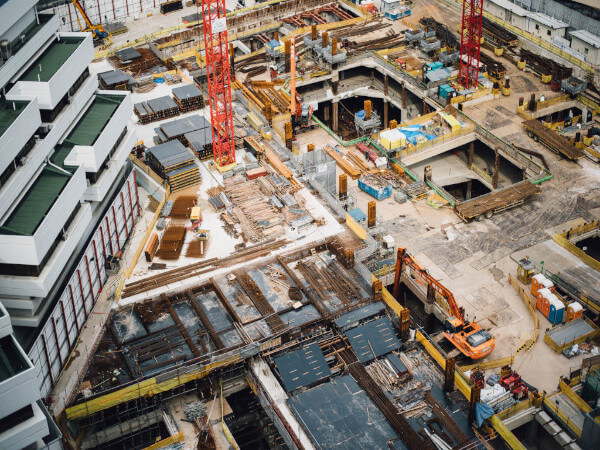
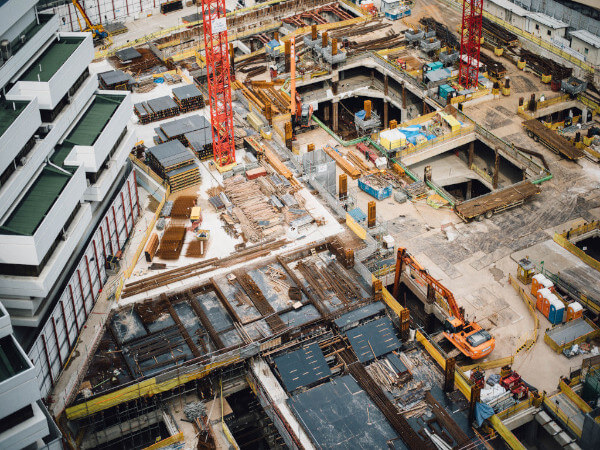
The accompanying tables show the top 10 largest upcoming Convention Center and Military construction projects in the United States. They are all in the planning stage and are mainly new projects, but may also involve additions and/or alterations.
![]()
Did you miss our previous article…
https://www.clarkeconstructioncreations.com/?p=1634
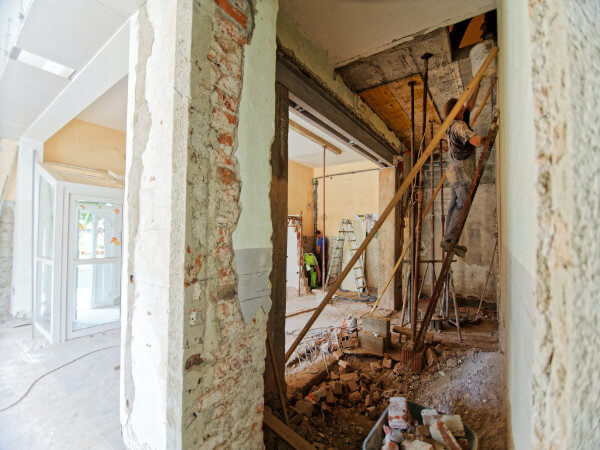
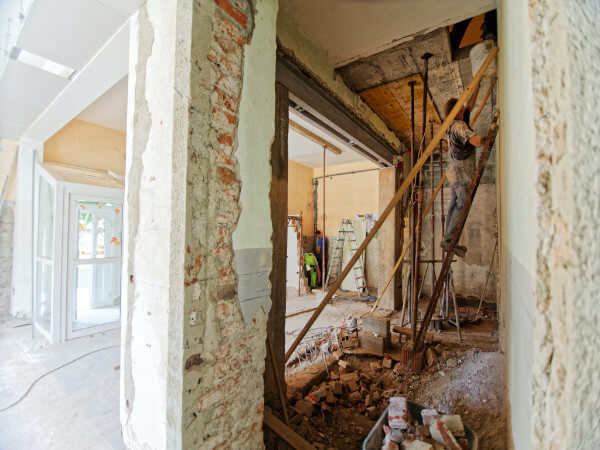
The accompanying tables show the top 10 largest upcoming Public Building and Defense, Law Enforcement construction projects in Canada. They are all in the planning stage and are mainly new projects, but may also involve additions and/or alterations.
![]()
Did you miss our previous article…
https://www.clarkeconstructioncreations.com/?p=1630